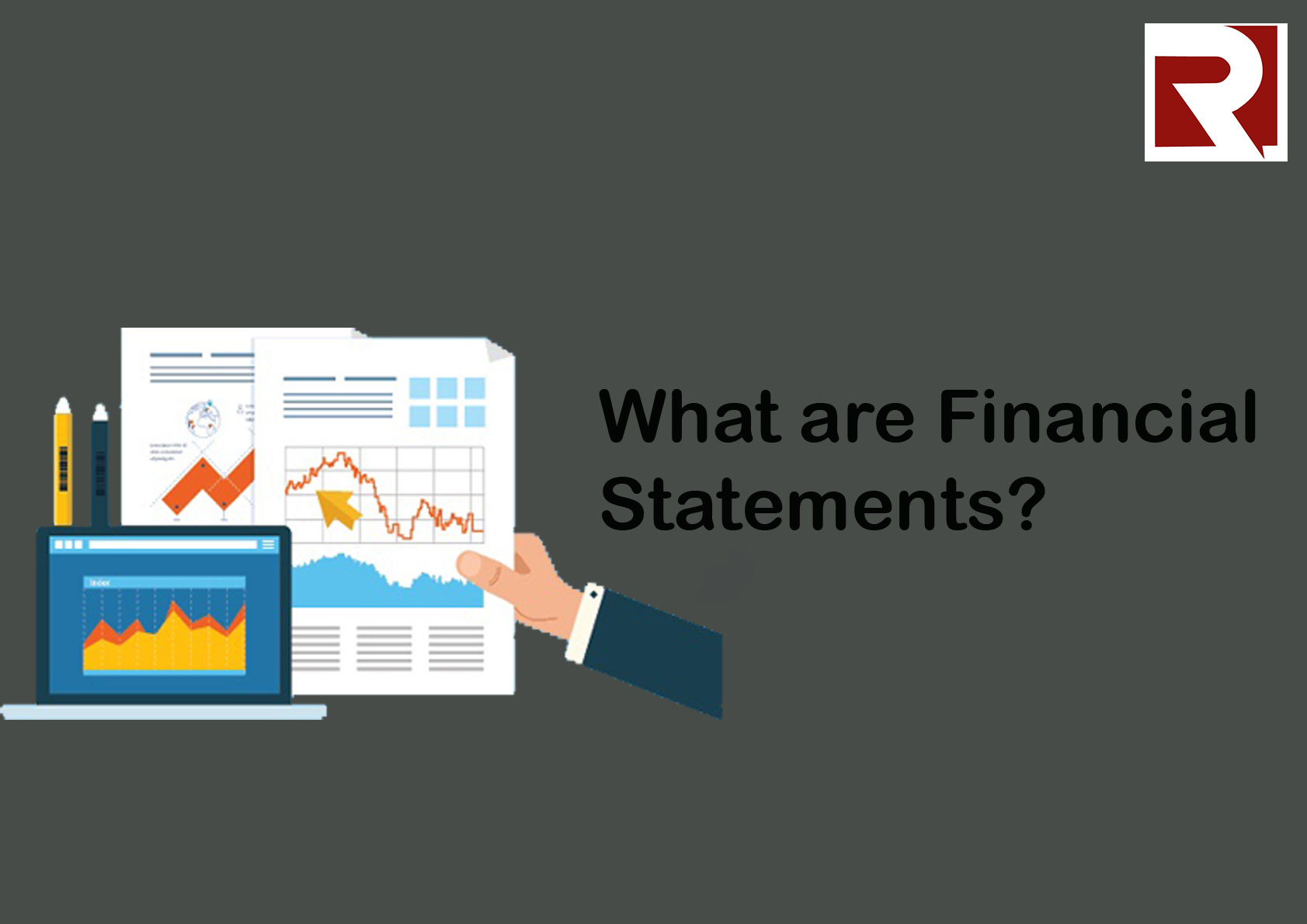Financial statements, also known as financial records, detail the financial activities of an organisation. The questions financial statements answer are What happened to the money? and Where is the money?
Both sound like the same thing, right? Well, dealing with business money will show you they are very different.
It is necessary to have a detailed record of every activity for reference and traceability. And as money is at the core of every business, a report of every penny the organisation got, spent or invested must be readily available at all times.
Financial statements are essential in determining and monitoring the financial performance of the company. They also give an insight into the overall performance of the company. Questions like- Is the business generating enough money to cover its operational cost and turn in profit? -are readily answered by financial statements.
Through financial statements, shareholders and investors can follow the company's activities and ascertain the value and growth of their investment stake. Most intending partners request to see financial statements before agreeing to merge or go on with an acquisition.
Also, financial statements are used by the government and regulatory bodies to monitor the company's financial dealings. An external audit can be conducted annually or as deemed fit by the management.
Types of Financial Statements
There are three basic types or divisions of financial statements. And while they all report financial activities, they highlight different aspects. One financial statement is not a substitute for the other. The company report must include these three basic statements.
However, these three reports draw from each other. They compliment each other, and so does their data. The figures presented in one report must tally with the total if compared with the ones from another statement. An imbalance when the reports are placed side by side is a major red flag.
Cashflow Statement: This statement details the amount of money moving in and out of the business within a period. It records all money that comes in from product sales, payment plans, and investment returns. It records all money spent on production, maintenance, investment and so on. Its primary concern is the movement of cash. Read more - Cash Flow
Income Statement: This statement records the operational cost and the revenue generated by a company within a period. It is also known as the profit and loss statement. Its primary concern is the profit generated or the loss incurred within a period.
Balance sheet: The balance sheet reports a company’s assets, liabilities, and shareholders equity within a period. It details what a business owns, what it owes, and the amount invested by shareholders within a given period. It primarily highlights the financial position of the company alongside the income statement and the cash flow statement.
Financial statements are generally accompanied by Supplementary notes, also known as Notes to the account. This note gives detail of necessary transactions and financial activities. The purpose of the note is to guide the interpretation of the account.
The period of a financial statement is at the discretion of the management. However, the cash flow statement should be prepared frequently. On the other hand, the balance sheet can be prepared annually - the fiscal year.
A limitation of financial statements is that there is no standard interpretation of the data they provide. In the end, investors and shareholders can look at the data and draw different conclusions on the health of the company and what they think should be the next step. Another concern is that they can be fraudulently manipulated to mislead the investors about the state of the company and the value of their stake.



